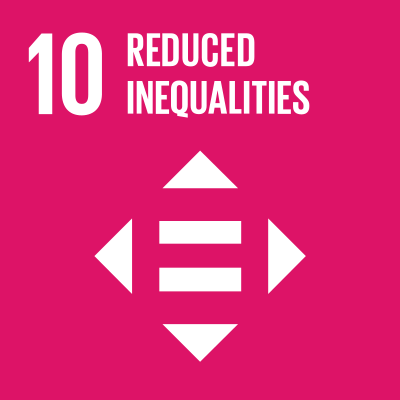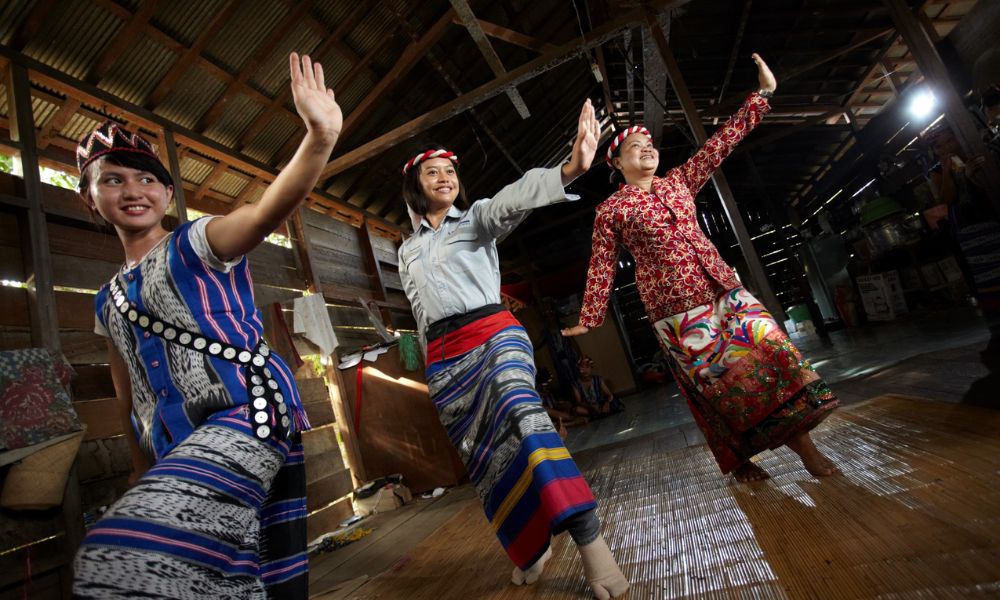Significance

It is common for mining business that some of its operational areas are adjacent to communities which, in some regions, are indigenous. Protection of the rights and the cultural heritage of indigenous peoples is therefore one of the important issues for the Company.

Management Approach
The Company has conducted the preliminary assessment for all business units to identify whether there are indigenous communities in the surrounding areas. In case there is an operational site adjacent to indigenous peoples, the Company then carries out data collection to understand such peoples with regard to their substantial characteristics such as culture, belief, and religion. In addition, the cultural heritage management plan is developed for each specific site to ensure that the cultural heritage is respected and preserved as well as to avoid any violations against their rights.
| Indonesia | Australia | |
|---|---|---|
| Indigenous peoples | Dayak Peoples: Tunjung, Benuaq, and Bentain | Aboriginal peoples |
| Business unit | Trubaindo and Bharinto mines | Airly, Springvale, Clarence, Myuna, and Mandalong |
| Engagement approach | · Operate in compliance with Adat Law, which covers the practice of external businesses operating inside the Dayak communities · Establish a Community Consultative Committee which includes representatives from the Dayak communities · Implement projects designed to preserve the Dayak cultural heritage as well as their quality of life |
· Implement the Aboriginal Cultural Heritage Management Plan (ACHMP) at both western and northern mine clusters in accordance with the laws and management guidelines set out within the Aboriginal Land Rights Act (1983), Heritage Act (1977), and Environmental Planning & Assessment Act 1979 (EP&A ACT) · Establish sub-committees which includes the representatives from the Aboriginal peoples who are registered with the Company · Regularly conduct social impact assessment and engage the Aboriginal peoples through meetings at least twice a year · Support activities relevant to Aboriginal cultural heritage conservation |
Indigenous Peoples Management
The Company has established an indigenous peoples’ engagement guideline, which is implemented across all business units. This process begins with a preliminary assessment conducted by each business unit to determine the presence of indigenous communities in the surrounding areas. When operations are adjacent to indigenous populations, the Company undertakes comprehensive data collection to gain a deep understanding of these communities, focusing on substantial characteristics such as culture, belief, and religion.
In addition to understanding these communities, a cultural heritage management plan is developed for each specific site to ensure that the cultural heritage of the indigenous peoples is respected and preserved as well as to avoid any risk of violating their rights.
To further promote reconciliation and positive engagement, the Company has established the Community Consultative Committee (CCC). This committee plays a crucial role in empowering local communities, including indigenous representatives. The CCC aims to improve local well-being, increase employment opportunities, support local procurement, provide workforce training, and uplift quality of life improvement through shared value initiatives.


